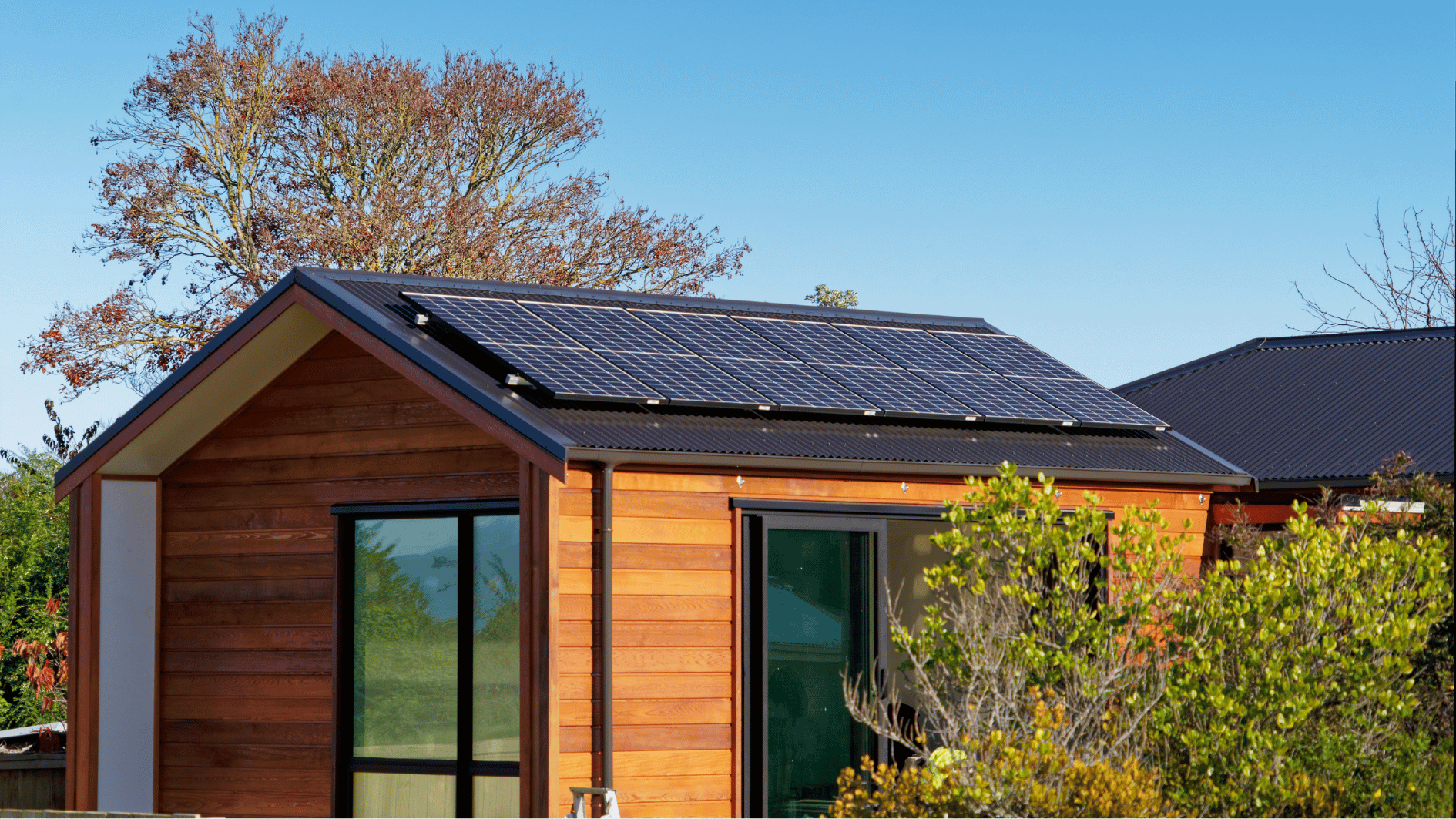Image source: Canva.com
Solar panel awnings and patio covers are innovative solutions that blend functionality with renewable energy production. By integrating solar panels into these structures, homeowners can enjoy the benefits of shade and shelter while simultaneously generating electricity. These installations are beautiful for those looking to maximize their property’s solar potential without compromising outdoor space. Installing solar panel awnings and patio covers enhances outdoor areas’ usability and contributes to energy savings and sustainability efforts. This guide will walk you through the key considerations and steps in adding solar panels to your awnings or patio covers, helping you make an informed decision and achieve a successful installation.

Exploring Off-Grid Solar
What is a Solar Patio Cover?
A solar patio cover is part of an emerging category of solar installations that utilize structures other than the roof of your home or business to support solar panels. These structures, often called “solar pergolas,” offer an alternative to traditional rooftop installations.
While most small-scale solar systems are installed on rooftops, not every roof is ideal for solar panels. Fortunately, if you have suitable space, there are several other designs available, such as ground-mounted systems, solar carports, and solar trees. Now, solar patio covers and gazebos can be added to that list.
Advantages of Solar Patio Covers

One significant advantage of solar patio covers, solar gazebos, and solar carports is that they do not require additional land, unlike ground-mounted panels. Solar panels can be integrated into existing structures, or you can enhance a planned upgrade by incorporating solar panels into your design.
Solar patio covers are especially beneficial for homes with unsuitable roofs or for homeowners concerned about curb appeal. These structures aren’t limited to residential properties; they are also ideal for commercial spaces like restaurants and cafes with outdoor seating, providing comfort for guests while generating electricity to reduce operating costs.
Solar Patio Covers vs Rooftop Solar
Rooftop solar panels are a popular choice because they add functionality to your roof and are typically well-positioned to capture sunlight. However, the effectiveness of rooftop solar depends on factors like the roof’s angle, orientation, and size.
In contrast, building a standalone structure such as a ground-mounted system, solar carport, solar awning, or solar patio cover allows you to design an optimized system for maximum solar electricity production from the start.
Although the customizability of new solar structures is a significant benefit, it also comes with higher costs. An average 6-kilowatt solar panel system costs around $13,300 after tax credits, and constructing patio covers or similar structures can add thousands of dollars to the total expense. If you’re already considering both solar and a gazebo or patio cover, combining the two makes sense, but be aware that it will cost more than a rooftop system.
How to Get Your Own Solar Installation

Building a standalone solar patio cover is more complex than installing rooftop solar, so you may need to find a specialized solar installer to design it. For smaller off-grid systems to power a few lights, DIY solar options are also available.
It’s recommended that homeowners and businesses educate themselves about their solar options and seek multiple quotes for different system designs. Get quotes from pre-vetted installers near you on SolarWiki.
How to make most of residential solar panels in 2024? Read here





